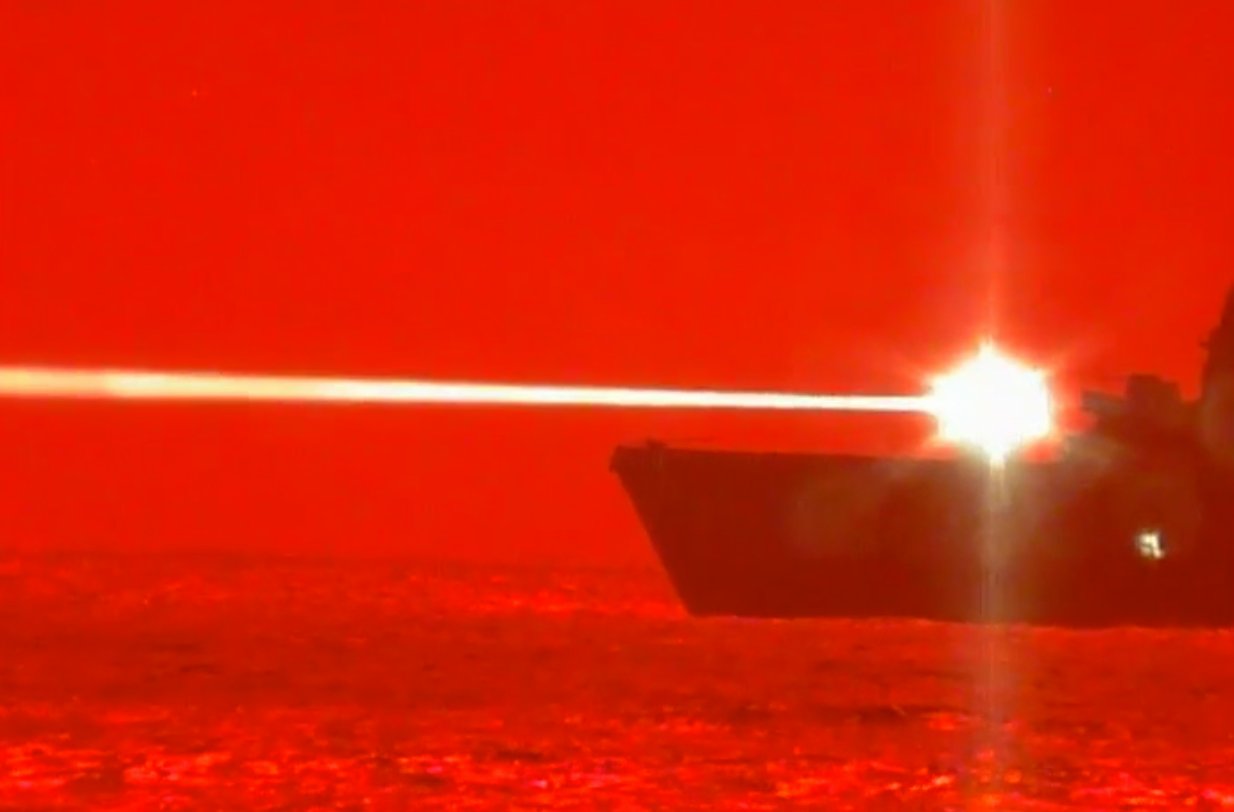On the 29th of May in the year 1453 CE one of the turning points in world history occurred as the great city of Constantinople fell to the might of the Turkish military. Often referred to as the final end of the Roman Empire it is fitting that the massive walls of Constantinople were breached not by any weapon that Julius Caesar would have recognized but rather by the cutting edge, high-tech weapon of its day, the cannon.

For the past 600 years wars have been fought with guns, cannons, shells, mines and rockets of various kinds, all of which derived their lethal force from the explosive release of chemical energy. It is true that bayonets, lances and even swords can still be seen today at parades and other military pageants but it is gunpowder and its derivatives that dominate today’s battlefield.

That may not be true for much longer. You see for the last decade or so the U.S. Military, particularly the Navy, has been putting a great deal of money and effort into the development of what are officially known as ‘Directed Energy Weapons’ or DEWs, weapons that derive their power from electricity instead of explosives.
In an earlier post, see post of August 2nd 2017, I discussed the Navy’s Rail Gun which employs magnetic fields to hurl a shell up to 400 kilometers at a velocity of 5 to 6 times the speed of sound. The shells fired by the rail gun travel so fast that they don’t even need an explosive warhead to destroy their target. The shell is solid metal and kinetic energy does all the damage. Meanwhile the Army has been testing an anti-personnel microwave generator that causes pain by radio waves.

Now the Navy has tested a shipboard solid-state laser, using it to intercept, that is shoot down a robotic drone aircraft. Many of the details of the test are secret but it is known that the laser was mounted aboard the U.S.S. Portland, an Amphibious Transport Dock Ship and the test took place on the 16th of May 2020 in the ocean somewhere south of the Hawaiian Islands.

The two most important parameters of the test, and therefore the most secret, are the power of the laser and the range at which it destroyed its target. Based on a 2018 report from the International Institute for Strategic Studies however it is estimated that the laser’s power was somewhere in the range of 150 kilowatts while from the released images of the test the target was destroyed at a distance of at least several kilometers.

Officially the laser on board the Portland is called a ‘Laser Weapons System Demonstrator’ (LWSD) and current plans are for the LWSD to be used to provide protection for naval vessels against small attacking boats as well as aircraft. According to the Portland’s Commanding Officer, Captain Karrey Sanders. “With this new advanced capability, we are redefining war at sea for the navy.”

Currently most of the effort being carried out to develop these new DEWs is being undertaken by the Navy. Still, you have to know that in some defense contractor’s labouratory somewhere they’re looking at putting a laser, or perhaps a rail gun on a tank. Slowly but surely the new high-tech weapons of war are becoming powered by electricity not explosives.

“…Redefining war…,” that’s what Captain Sanders said. And maybe he’s right; maybe gunpowder’s dominance of the battlefield is nearing its end. Too bad we just can’t get rid of battlefields instead!
